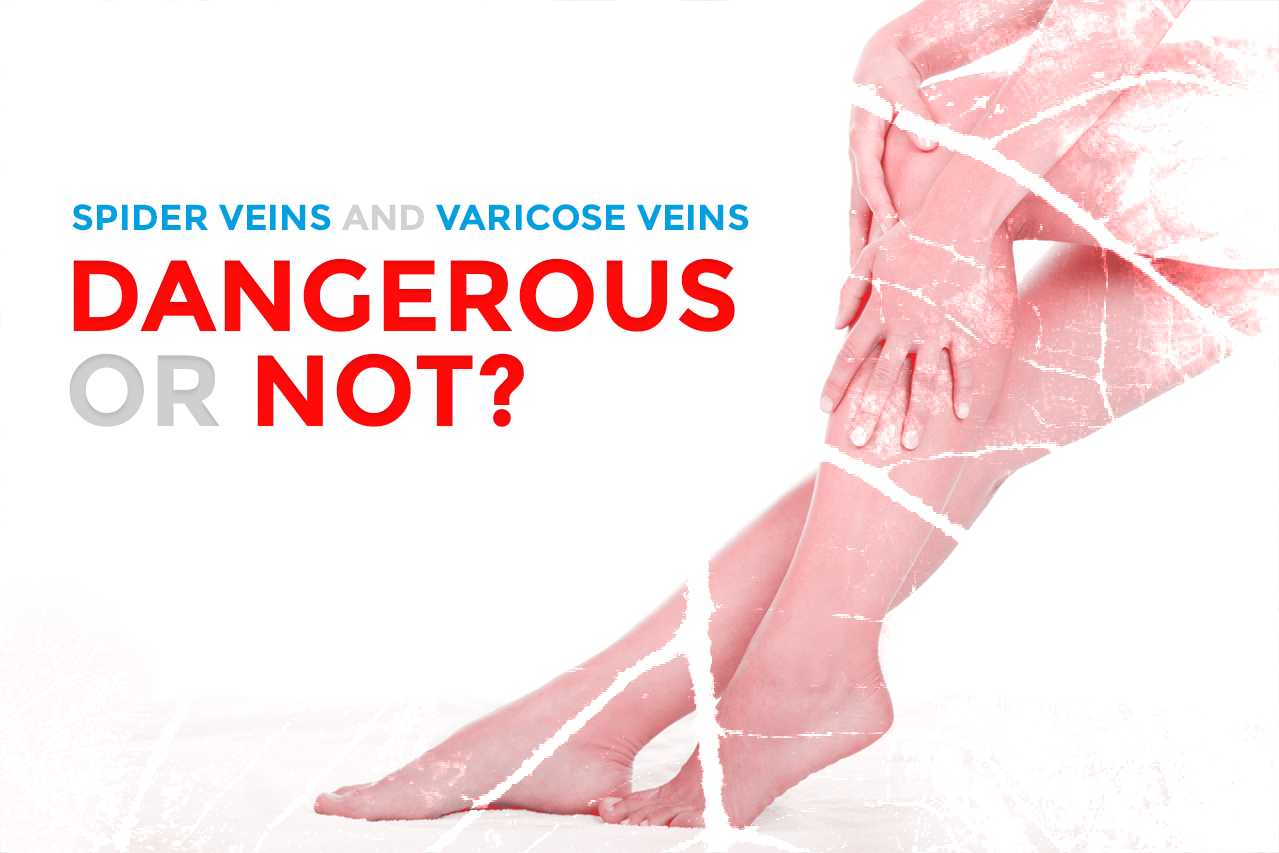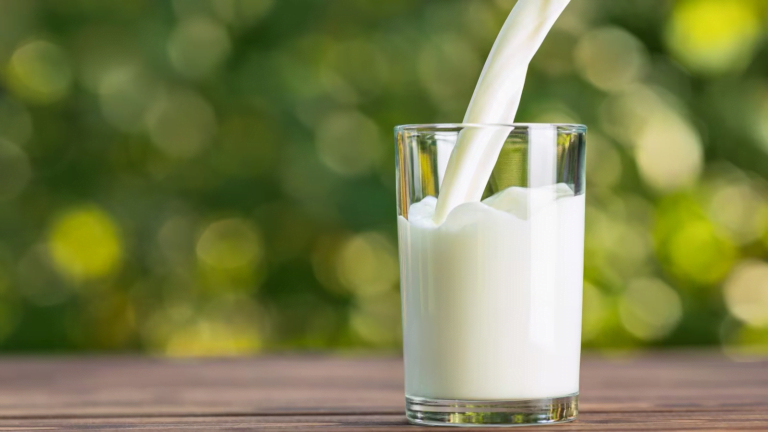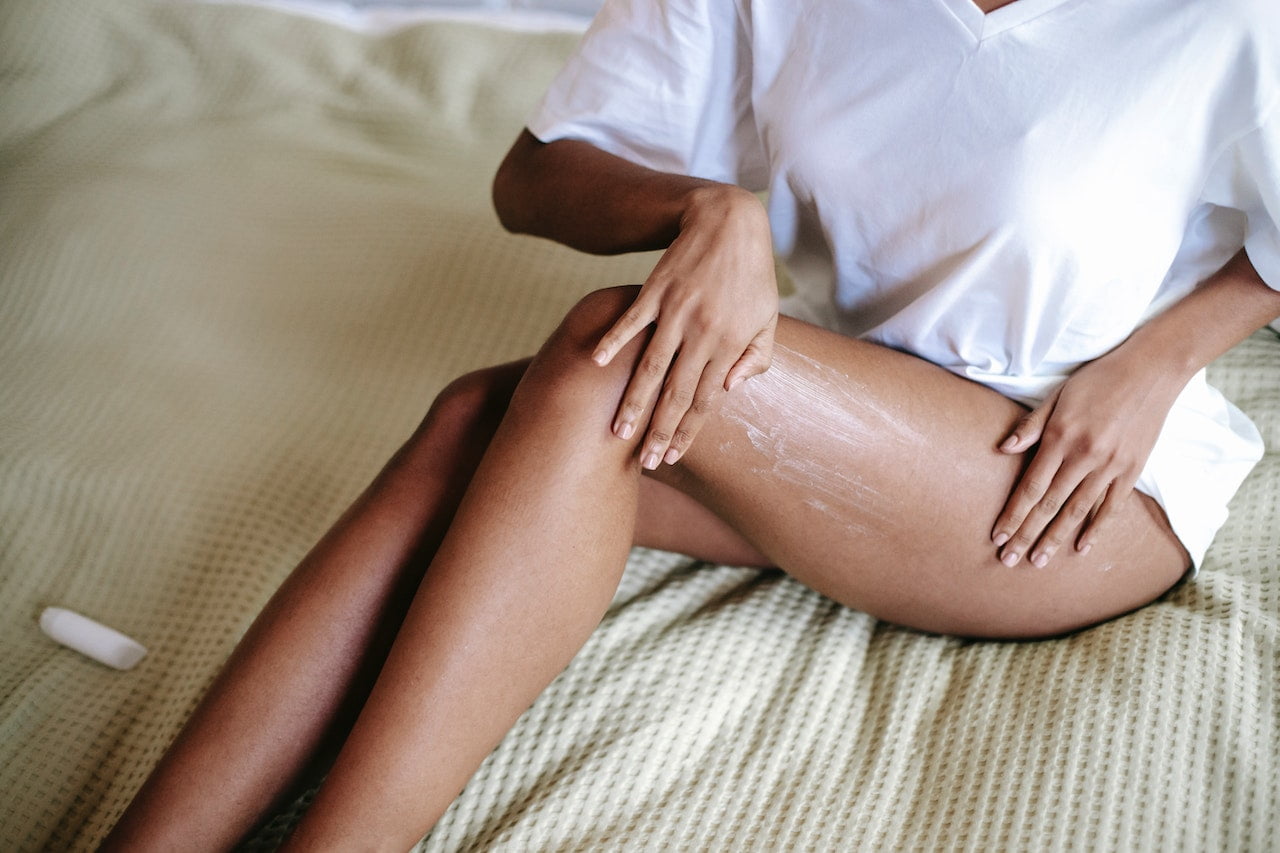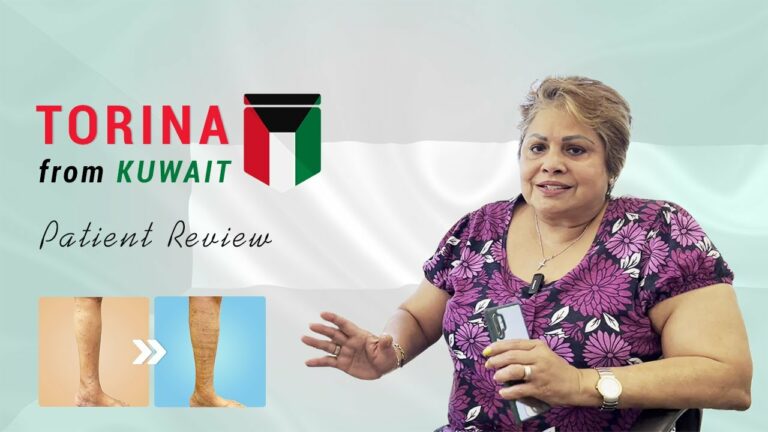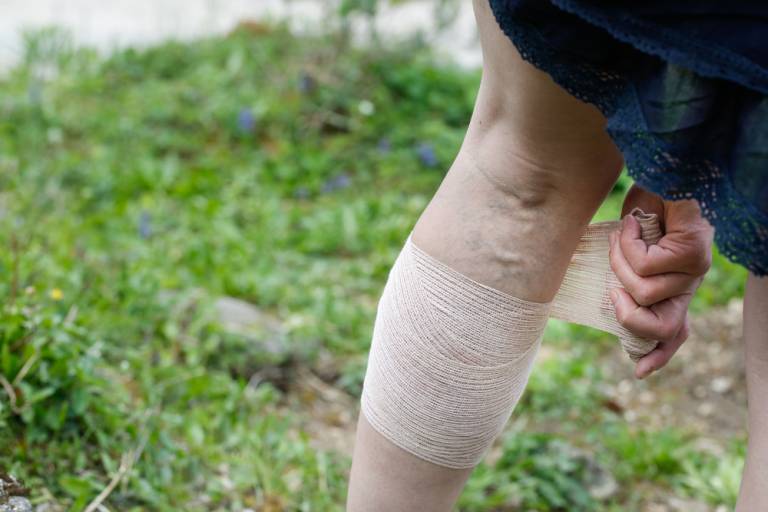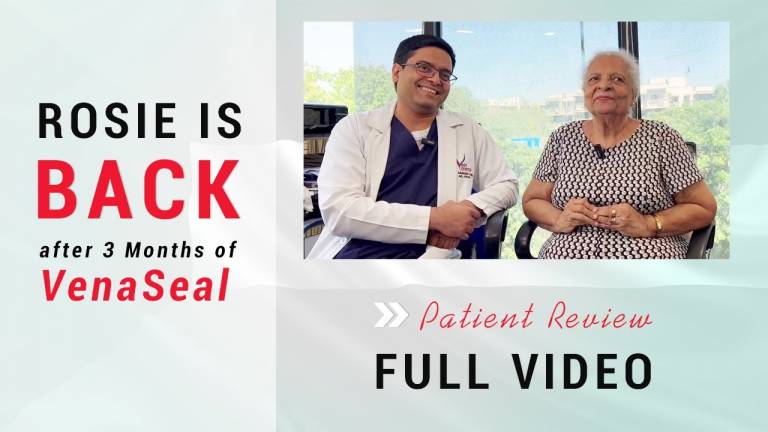Are spider veins and varicose veins dangerous?
Spider veins and varicose veins are common vascular conditions that affect many people around the world, especially as they age. While these conditions are not usually life-threatening, they can cause discomfort, pain, and self-consciousness in individuals who experience them. This essay will explore the causes, symptoms, and potential dangers of spider veins and varicose veins.
Spider veins are small, thin veins that appear near the surface of the skin. They usually appear as blue, red, or purple lines, and they often resemble a spider web or a tree branch. Spider veins are most commonly found on the legs, but they can also occur on the face, chest, and other parts of the body. Spider veins are typically caused by weak or damaged blood vessels, which allow blood to pool and create visible lines on the skin. Risk factors for spider veins include genetics, age, pregnancy, obesity, and a sedentary lifestyle.
Varicose veins, on the other hand, are larger veins that often bulge and twist under the skin. They are most commonly found on the legs, but they can also occur in other areas of the body. Varicose veins are typically caused by a malfunctioning valve in the vein, which allows blood to flow backward and pool in the vein. This pooling of blood can cause the vein to stretch and bulge, resulting in varicose veins. Like spider veins, risk factors for varicose veins include genetics, age, pregnancy, obesity, and a sedentary lifestyle.
It is crucial to treat both spider veins and varicose veins, as they can lead to more serious venous conditions if left untreated. Spider veins, if left untreated, can progress to varicose veins, which can then lead to severe venous insufficiency and dangerous venous ulcers. Therefore, early intervention is key to prevent the progression of these conditions and to improve overall quality of life.
One effective treatment option for both spider veins and varicose veins is the VenaSeal closure system. This innovative technology uses medical-grade adhesive to seal the affected vein, rerouting blood flow to healthier veins. VenaSeal is a minimally invasive and highly effective procedure that requires no incisions or anesthesia. The procedure is relatively painless and has a short recovery time, making it an excellent option for those who want to return to their daily activities quickly.
The VenaSeal closure system has been shown to have excellent results in treating both spider veins and varicose veins. In fact, studies have shown that patients who underwent VenaSeal treatment reported less pain, less bruising, and a faster return to normal activities compared to those who received traditional treatment methods. Additionally, the procedure is safe and well-tolerated, with a low risk of complications.
It is essential to note that VenaSeal is not suitable for all patients, and a consultation with a medical professional is necessary to determine if it is the right treatment option. In some cases, other treatment methods such as sclerotherapy or radiofrequency ablation may be more appropriate.
In conclusion, treating spider veins and varicose veins is critical to prevent the progression of these conditions and to avoid more severe venous issues. The VenaSeal closure system is an excellent treatment option for both spider veins and varicose veins, offering a minimally invasive and highly effective solution. Consult with a medical professional to determine the best treatment plan for your specific condition and to improve your overall vascular health.

